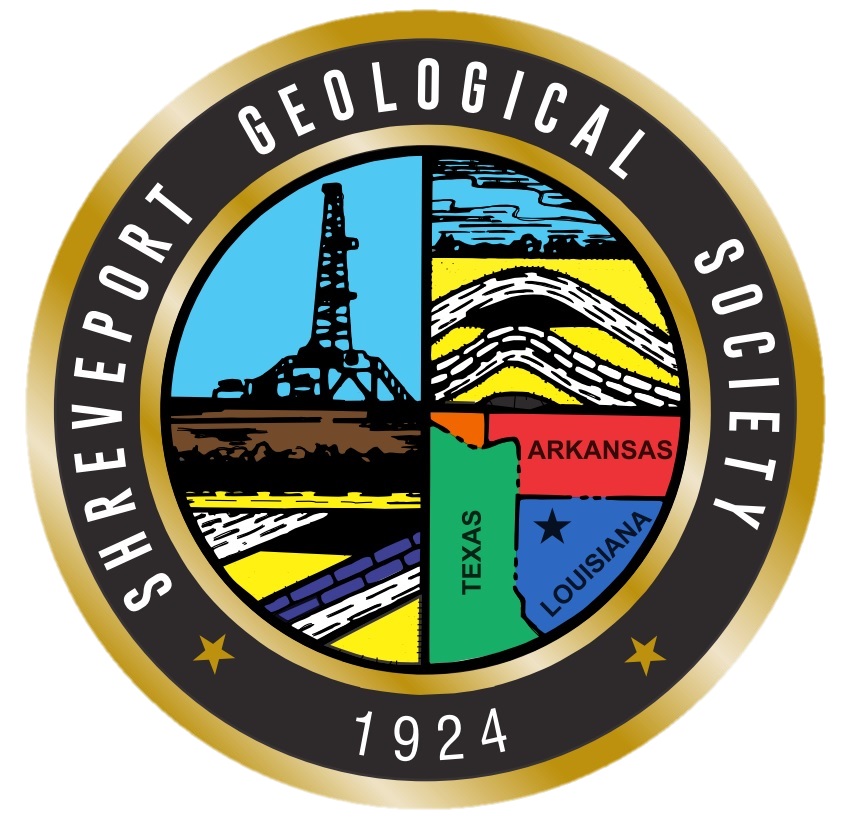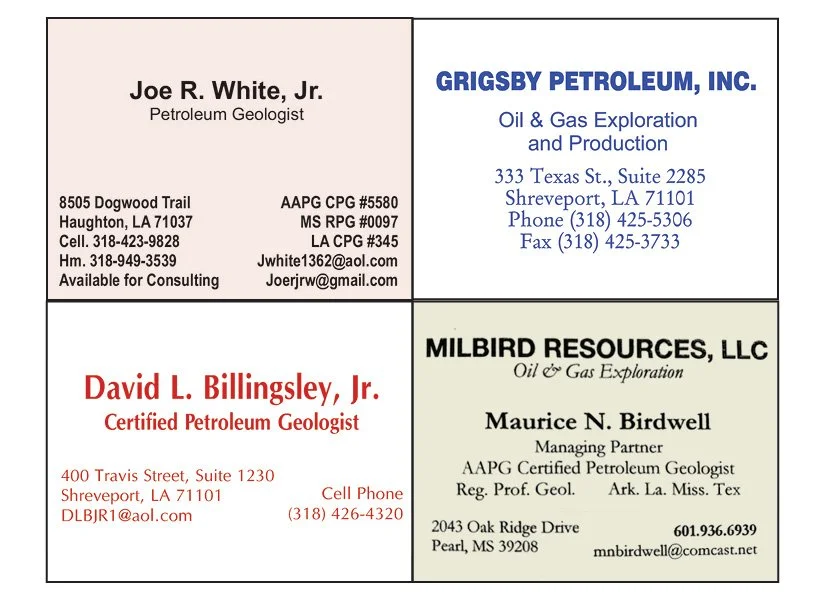The Petroleum Club of Shreveport, 15th floor
Cost: $20, Children 10 and under $8
We encourage members to invite guests, spouses, and friends to any of our meetings.
If you’d like a seat, kindly use the form below to make your reservation by the preceding Friday.
You may also RSVP by email or phone to Scott Comegys at scomegys@obrienenergyco.com or 318-841-2702.
Biography
Charles Kerans
Charlie Kerans is Goldhammer Chair of Carbonate Geology at the Department of Geological Sciences, and co-Principal Investigator of the Bureau of Economic Geology’s Carbonate Reservoir Characterization Research Laboratory, Jackson School of Geosciences, The University of Texas at Austin. From 1985-1990 Kerans was a Research Associate and Research Scientist at the Bureau of Economic Geology, being named a Senior Research Scientist in 1992. In 2006 Kerans took a full-time appointment at the Department of Geosciences as Goldhammer Chair and offers courses in modern and ancient carbonate deposition and diagenesis as well as sequence stratigraphy.
Kerans’ areas of focus are in carbonate sequence stratigraphy and reservoir characterization, with an emphasis on integrating outcrop analog information for improved understanding of the subsurface. He has studied carbonate reservoirs in North America, Mexico, Brazil, Venezuela, and widely in the Middle East including Saudi Arabia, Oman, and Qatar. Major areas of outcrop study include the Guadalupe Mountains of West Texas and New Mexico, the Cretaceous of the southwestern U.S., Carboniferous of Wyoming/Montana, and the Devonian of northwestern Australia. Carbonate ramps, rimmed shelves, deep-water carbonates, paleokarst, and most recently fractured carbonates are major areas of research. ...
Abstract
Cretaceous reservoirs dominate world hydrocarbon resources with the combined effect of rich source intervals (commonly combined with Tithonian source) and prolific reservoir facies. Reservoirs in the Middle East, Venezuela, and the Gulf of Mexico (GOM) add to this picture. The Greenhouse setting of the Cretaceous was marked by warm climates, minimal eustatic fluctuations and platform exposure, and sluggish oceanic circulation, which favor extensive source bed formation and widespread reservoir development. The GOM Lower Cretaceous alone provides 25% of the cumulative oil production and 15% of the natural gas for this prolific basin. Remarkable similarities exist in sequence evolution and productive facies of Middle Eastern and GOM carbonates, but major differences in diagenesis (mostly cementation) have caused these reservoirs to pale relative to their Middle Eastern counterparts.
GOM Cretaceous passive margin strata comprise 8 super-sequences ranging from earliest Cretaceous through Campanian. They are named here for their platform elements: (1) Calvin, (2) Knowles, (3) Sligo/Cupido, (4) James/Cow Creek, (5) Rodessa/Glen Rose/Ferry Lake/Sunniland/El Abra, (6) Edwards/Georgetown/Stuart City/El Abra, (7) Buda, and (8) Eagle Ford/Austin/Tokio/Eutaw. Little data are available for the Calvin, but the remaining sequences illustrate a full spectrum of reservoir styles ranging from deepwater basinal debris fans and chalks to midshelf patch reefs and microporous tidal flats.
Barremian-Aptian Sligo-Cupido carbonates form the first circumGulf rimmed platform. Production from this trend is dominated by gas in the northern GOM. Transgression linked to oceanic anoxic event (OAE) 1a causes shutdown of Sligo carbonates and deposition of Pearsall shales. Recovery and stacking of Albian Glen Rose and Edwards/“Comanche” platforms sees a return of the first isolated patchreef formation from Arizona to Florida. ...
Paid members of the Shreveport Geological Society can read the speaker's full abstract and biography in the newsletter by logging into the Members Area.







































